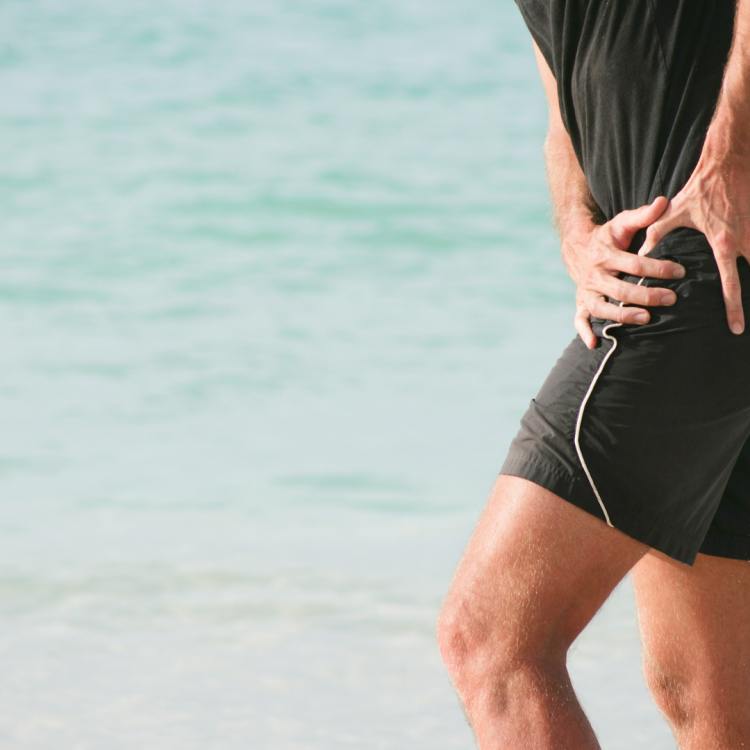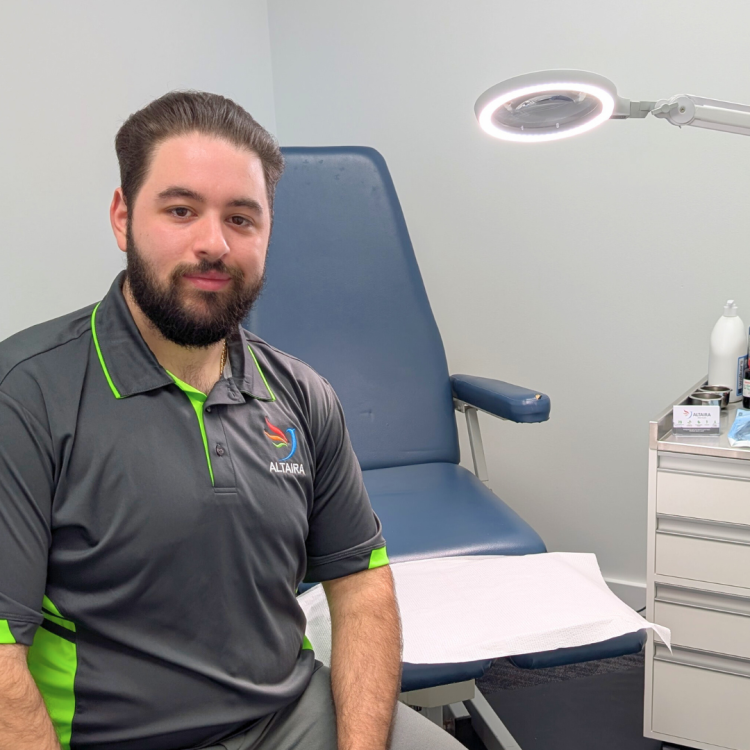Pain when lifting? Is it Tennis Elbow or Golfer’s Elbow?

If you’re experiencing discomfort or pain regularly when engaging in activities involving the forearm muscles such as lifting, grasping or twisting, tennis elbow or golfer’s elbow may be to blame. Both these conditions share similar symptoms, causes and treatments, however, they affect different areas of the elbow.
Tennis elbow (lateral epicondylitis) is a condition that involves the tendons attaching to bone on the outside of the elbow. The condition occurs when tendons are overloaded from repetitive movements of the wrist and arm. Degeneration of the tendon’s attachment occurs which can cause pain during motions such as lifting, gripping and/or grasping. Unlike it’s name suggests, tennis elbow can occur in people who are not tennis player’s as well, such as plumbers, painters, carpenters and butchers. It is an overuse and muscle strain injury which places stress on the tissue and may lead to small tears in the tendons attaching the forearm muscle to the bone bones on the outside of the elbow.
In contrast, golfer’s elbow (medial epicondylitis) is a condition that involves pain on the inside of the elbow instead. Whilst tennis elbow involves irritation of the muscles and tendons that extend or straighten the wrist and fingers, golfer’s elbow involves irritation of the muscles and tendons that flex or bend the wrist and fingers. Similarly to tennis elbow, golfer’s elbow can be developed in people other than golfer’s, such as tennis players, baseball pitchers, weightlifters, or even regular uses of a keyboard. The pain from golfer’s elbow is caused due to overuse or stress of the muscles and tendons that control the wrist and fingers. Incorrect form for activities such as lifting, throwing or hitting can also contribute to the development of golfer’s elbow.
There are various forms of treatment for both tennis elbow and golfer’s elbow, with many similar options available. The most immediate action that can be taken to help both these conditions is resting the elbow and wrist; however given these injuries are both considered loading issues, this is not a good long term strategy as pain will often reoccur when returning to these activities. A better and more sustainable strategy is to reducing the amount of strain and pressure placed upon these areas by addressing the contributing factors with activity modification, coupled with a tailored rehabilitation program set out by a physiotherapist. A physiotherapist can prescribe appropriate stretching and strengthening exercises, particularly isometric and eccentric loading exercises, as well as offering education and advice on how to modify work and/or sporting activities that may be contributing towards the pain. An elbow brace may also be used to provide support and protection from further injury and to alter the biomechanical loading of the forearm to reduce tension and strain on the injured area. Other treatments may involve short term use of anti-inflammatory medication, corticosteroid or plasma injections, massage, dry needling, and in only the very worst cases, surgery. As with any other acute or chronic injuries, passive therapies should always be complemented by active rehabilitation to ensure there is a lasting effect of treatment. Preventative behaviours are also important to avoid the development or worsening of these conditions. This includes strengthening forearm muscles using light weights, stretching before engaging in physical activity, ensuring form used is correct, and also considering when it is time to rest the elbow, in order to avoid overuse.
Altaira’s Lead Physiotherapist, Michael, holds both a Bachelor of Physiotherapy and Bachelor of Medical Science degrees, and has an extensive background in Occupational Health. He is an Australian Physiotherapy Association member and believes in the provision of evidence based practice and holistic client-centred care. He is extremely passionate about assisting clients to maintain their independence and empowering them to self-manage their musculoskeletal health in a way that is relevant and meaningful for them. Book in a consult with Michael via: Make a Booking (nookal.com) Learn more about Altaira’s Allied Health services: Allied Health – Altaira Services
References
https://www.mayoclinic.org/diseases-conditions/tennis-elbow/diagnosis-treatment/drc-20351991
https://www.assh.org/handcare/condition/tennis-elbow-lateral-epicondylitis
https://www.sportsinjuryclinic.net/sport-injuries/elbow-pain/medial-elbow-pain/golfers-elbow
https://www.mayoclinic.org/diseases-conditions/golfers-elbow/symptoms-causes/syc-20372868
https://www.oip.com/tennis-elbow-vs-golfers-elbow-explained/



